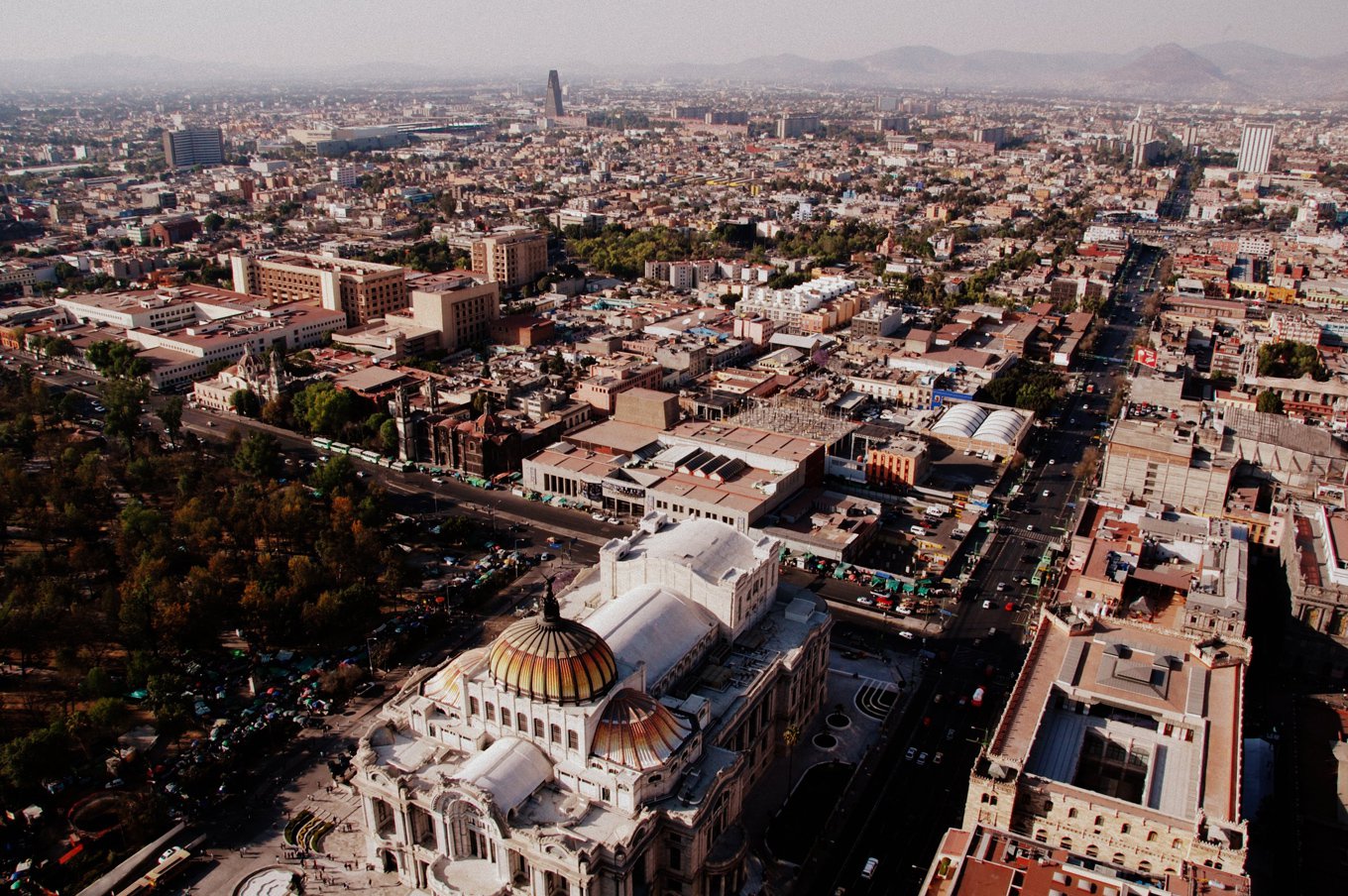
Rather than look at the usual headline-grabbing megacities, Daniel Brook's reporting project on urbanization in the developing world focuses on several intriguing but undereported urban projects—some fully built, some under construction, and others just proposed. All are unique enough to be compelling yet still typical enough to be relevant.
In China, Brook examines the rebuilding efforts after the 2008 Sichuan earthquake, focusing on the city of Beichuan. Leveled during the quake, the Chinese government left the destroyed city intact as an official memorial to the victims and rehoused survivors in a replacement town called New Beichuan, built from scratch 15 miles away. This almost unfathomably massive, top-down reconstruction effort offers a poignant window into the strengths and weaknesses of China's breakneck urbanization.
In India, the new prime minister, Narendra Modi, has pledged to build 100 "Smart Cities," in cooperation with Western technology companies and developed-world governments. He recently declared Varanasi (formerly Banaras), Hinduism's holiest city, would be the first test-case. What will this Modi makeover portend for Varanasi's fragile urban ecosystem and for the nation as a whole?
In Mexico, architect Fernando Romero, a Rem Koolhaas protégé with familial connections to the Mexican elite, wants to cure Latin America's corruption, pollution, and brain drain through proposals like "FREE City," his car-free charter city prototype, and a huge new LEED Platinum airport for Mexico City.









